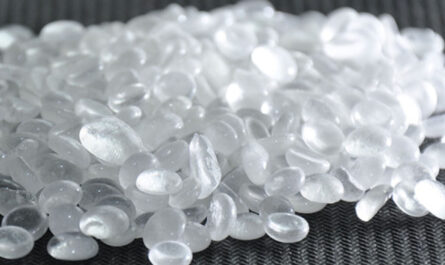Introducing Petroleum Resins:
Petroleum resins are an important class of non-food additives derived from petroleum refining processes. They are high molecular weight polymers that are solid or semi-solid hydrocarbon resins. Petroleum resins have unique properties like thermoset behavior, hydrophobic nature and compatibility with rubber that make them useful in a variety of applications. In this article, we will discuss in detail about petroleum resins – their types, properties, uses and manufacturing process.
Types of Petroleum Resins
Petroleum resins are broadly classified into three main types based on their production process:
C5 Resins: C5 resins are produced from pure C5 intermediates obtained from catalytic cracking of petroleum. They exhibit excellent tackiness and adhesive properties. C5 resins find applications in hot melt adhesives, road marking paints, etc.
C9 Resins: C9 resins are produced from C9 aromatic hydrocarbons like ethyltoluene obtained during catalytic reforming. They have good compatibility with natural and synthetic rubbers. C9 resins are primarily used in rubber compounding applications.
Hydrocarbon Resins: Hydrocarbon resins are produced directly from petroleum fractions without any intermediate processing steps. They have a more even mixture of alkyl side chains compared to C5 or C9 resins. Hydrocarbon resins exhibit properties in between C5 and C9 types. They are suitable for applications such as adhesives, road marking, sealants, etc.
Properties and Characteristics
Some key properties of Petroleum Resins that make them industrially useful include:
– Thermoplastic behavior: Petroleum resins soften on heating and harden on cooling, allowing them to be molded, extruded or calendared. This property aids processing.
– Low glass transition temperature (Tg): Petroleum resins have Tg between 20-90°C depending on type. This property facilitates tack and adhesion development at ambient or slightly elevated temperatures.
– Resistance to water and chemicals: Being hydrocarbon polymers, petroleum resins are highly resistant to water as well as organic solvents, acids and alkalis. This longevity aids outdoor applications.
– Compatibility: Petroleum resins exhibit good compatibility with natural and synthetic rubbers, thermoset resins, waxes, oils and various polymers. This compatibility allows for blending in wide applications.
– Optical properties: Some petroleum resins are transparent offering good clarity. Others are translucent to opaque. C9 resins are usually pale yellow.
Applications
Owing to their unique combination of properties, petroleum resins find multifarious applications:
– Hot melt adhesives: C5 resins are widely used as tackifiers in hot melt glue sticks, paper, packaging and construction adhesives due to their excellent tackiness.
– Rubber compounding: C9 resins act as plasticizers cum process aids in manufacture of rubber products like tires, hoses, sealants due to compatibility with rubber.
– Road marking: Road paints containing petroleum resins provide durable retroreflective markings that withstand wear from vehicles and weathering.
– Coatings: Hydrocarbon resins provide gloss, hardness and adhesion in protective and decorative coatings for floors, cars, furniture etc.
– Printing inks: Petroleum resins are additives that control viscosity and tack of inks used for publication, packaging, textile printing.
– Sealants and caulks: Sealant formulations using petroleum resins help seal out moisture for long periods in varied applications.
Manufacturing Process
Petroleum resins are produced through polymerization of petroleum refinery streams in the presence of Friedel-Crafts catalysts. The basic steps involved are:
– Fractional distillation of crude oil to obtain appropriate feedstocks like C5/C9 streams.
– Treatment of the feed with catalyst, usually aluminum chloride at temperatures 100-200°C under nitrogen atmosphere.
– Polymerization of olefins and dienes leads to build-up of high molecular weight resin.
– Reaction is quenched and catalyst separated. Crude resin is purified through solvent washing.
– Finished resins are standardized, tested and packaged for industrial use. C5 resins typically have Mw 300-800 while C9 resins have Mw 600-1200.
In summary, petroleum resins occupy an indispensable position in adhesives, rubber, coating, ink and construction industries by virtue of their unique set of properties and versatile applications. Advancements in refining technology combined with developing new applications continue to spur growth of the petroleum resins market worldwide.



